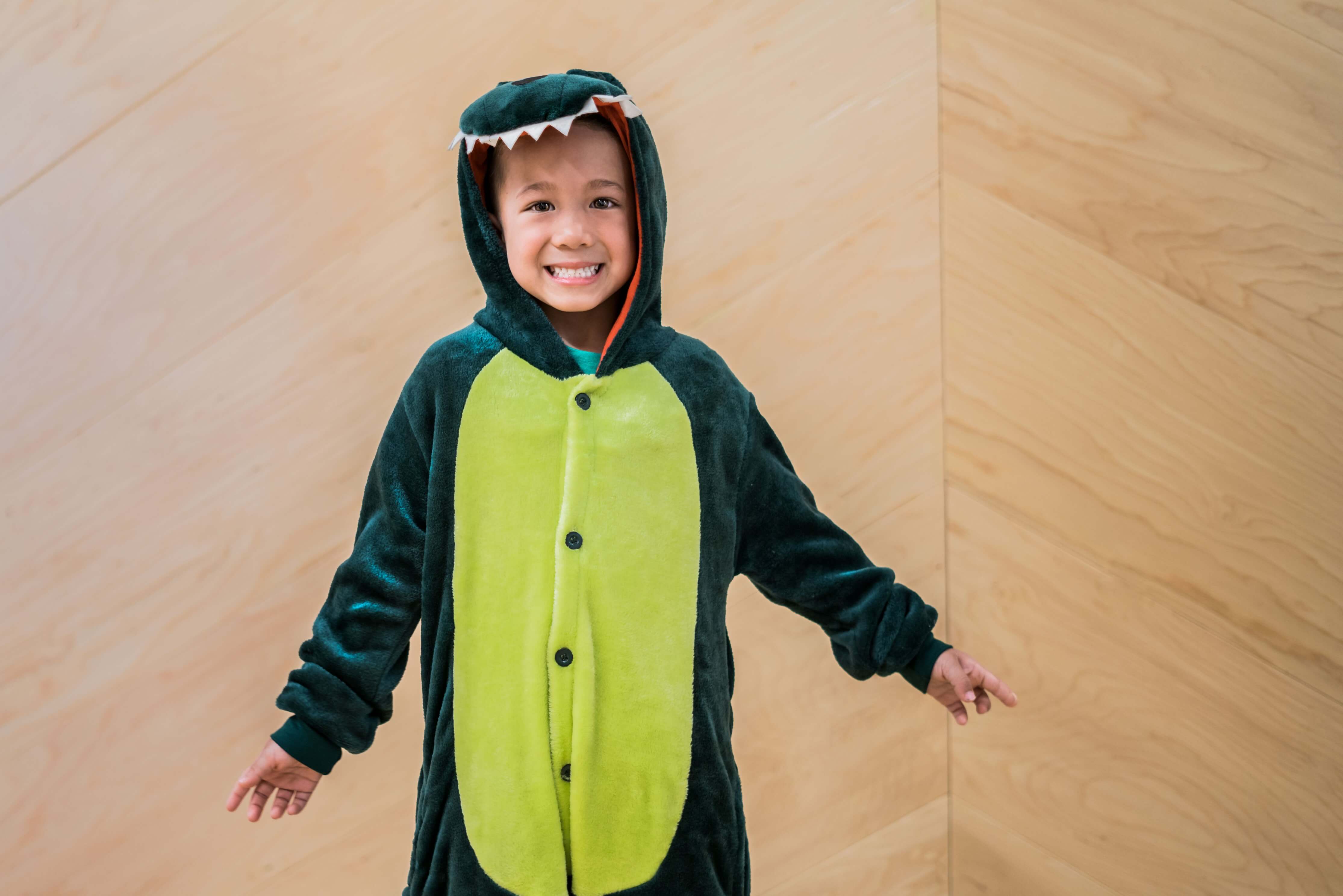1. Finish my

Start a story with a sentence and then ask each member of your family to add a sentence in turn, eventually getting back to the original person to end it. This can be so much fun as you have no idea what the next person is going to say or how it’s going to end! The key thing to remember is that when using imagination it doesn’t have to be realistic, so let yours and your children’s imaginations run wild.

CHILDREN AREN'T BORN GOOD DECISION MAKERS, IT'S LEARNED AND CAN HAVE LIFELONG BENEFITS!
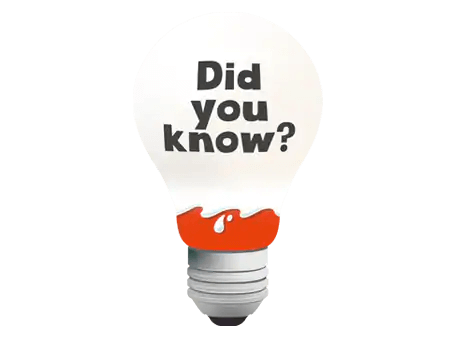
The decision-making system (often called 'executive functioning') needs time to develop. There are key skills that are needed first that can be encouraged through play - such as good memory, ability to pay attention or shift attention, turn taking, controlling urges and how to regulate our emotions. These are crucial for learning and overall development.

2. Toy word association
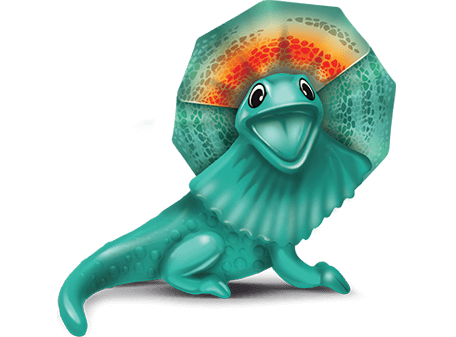
For this game you’ll need to think of as many things linked to the toy inside of the egg. So if there’s a toy car in the Surprise egg you might say wheel, road, bumpy, passengers… See how many words you and your kids can come up with and maybe one person becomes ‘best creative thinker for the day’ for generating the most. You can also challenge them next time to beat their own score. This is a great way to get children thinking creatively and spark their imaginations.

CULTIVATING IMAGINATION
THROUGH PRETEND PLAY AND
CREATIVITY HELPS CHILDREN
TO
DEVELOP COGNITIVE, MOTOR,
EMOTIONAL AND SOCIAL
ABILITIES.

It's generally thought that the right side of our brains is where imagination is housed along with other functions like creativity, insight, music awareness, and the ability to control the left hand side of our bodies. Getting creative and using imagination develops this side of our children's brains.

3. Mini Hide and seek blended with the hot and cold game
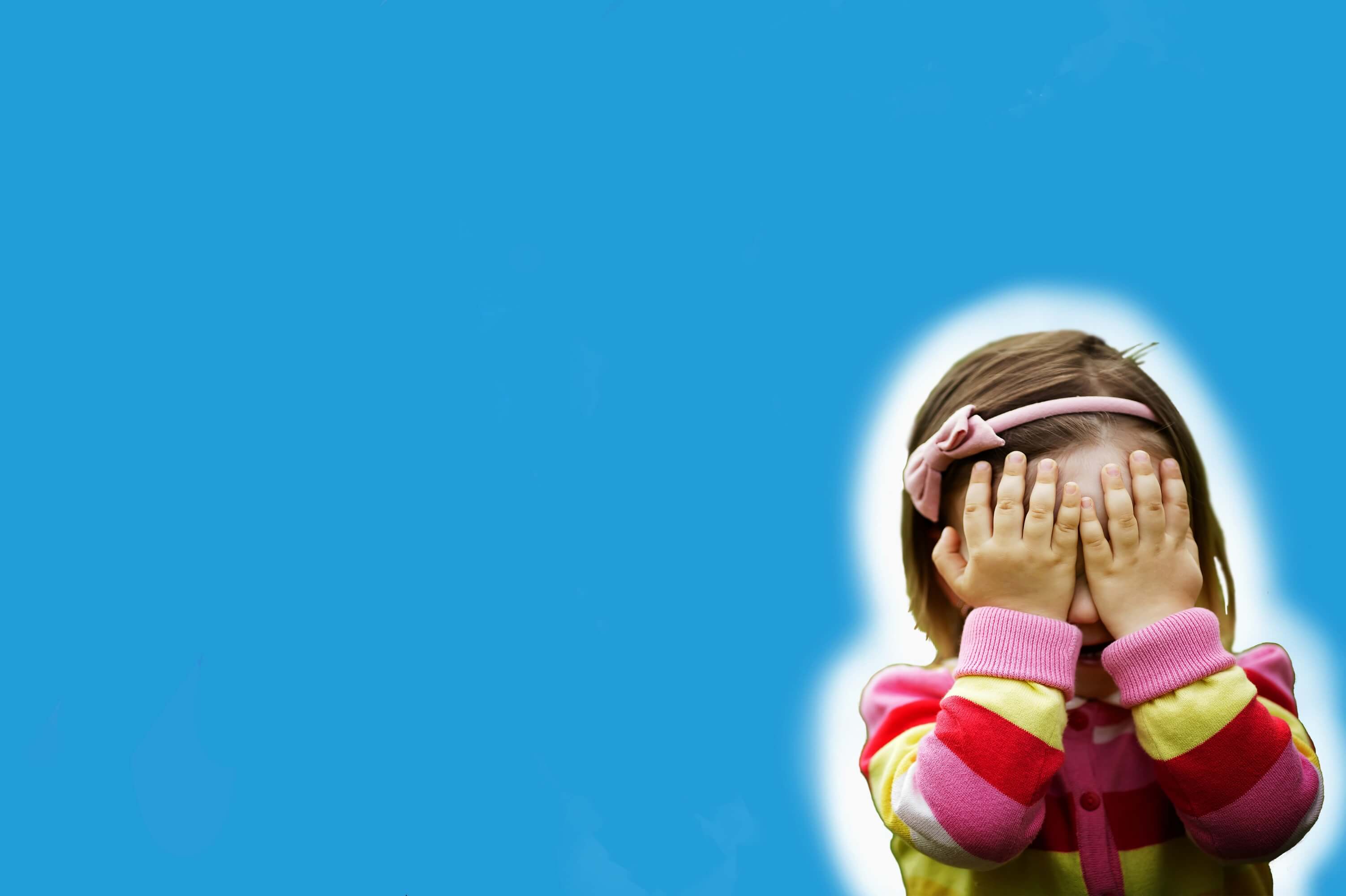
This one can be played with the toy from inside the egg or even with the egg as the item as a fun surprise at treat time. Hide the item somewhere fairly easy for them to find (relative to their age of course!). As they set off moving you say ‘hotter’ or ‘colder’ depending on if they step in the right direction or not.

SPONTANEOUS AND FUN EXPERIENCES HELP YOUR CHILD TO NOT BE TOO RIGID OR FIXED IN THEIR THINKING STYLE.

A toy can have multiple functions - a child can play with it, give it a personality, pretend it's a friend or part of the furniture. Being able to see one object as having several purposes or multi-functions helps children look at things differently and develop a flexible thinking style.

4. It’s a knock out word game
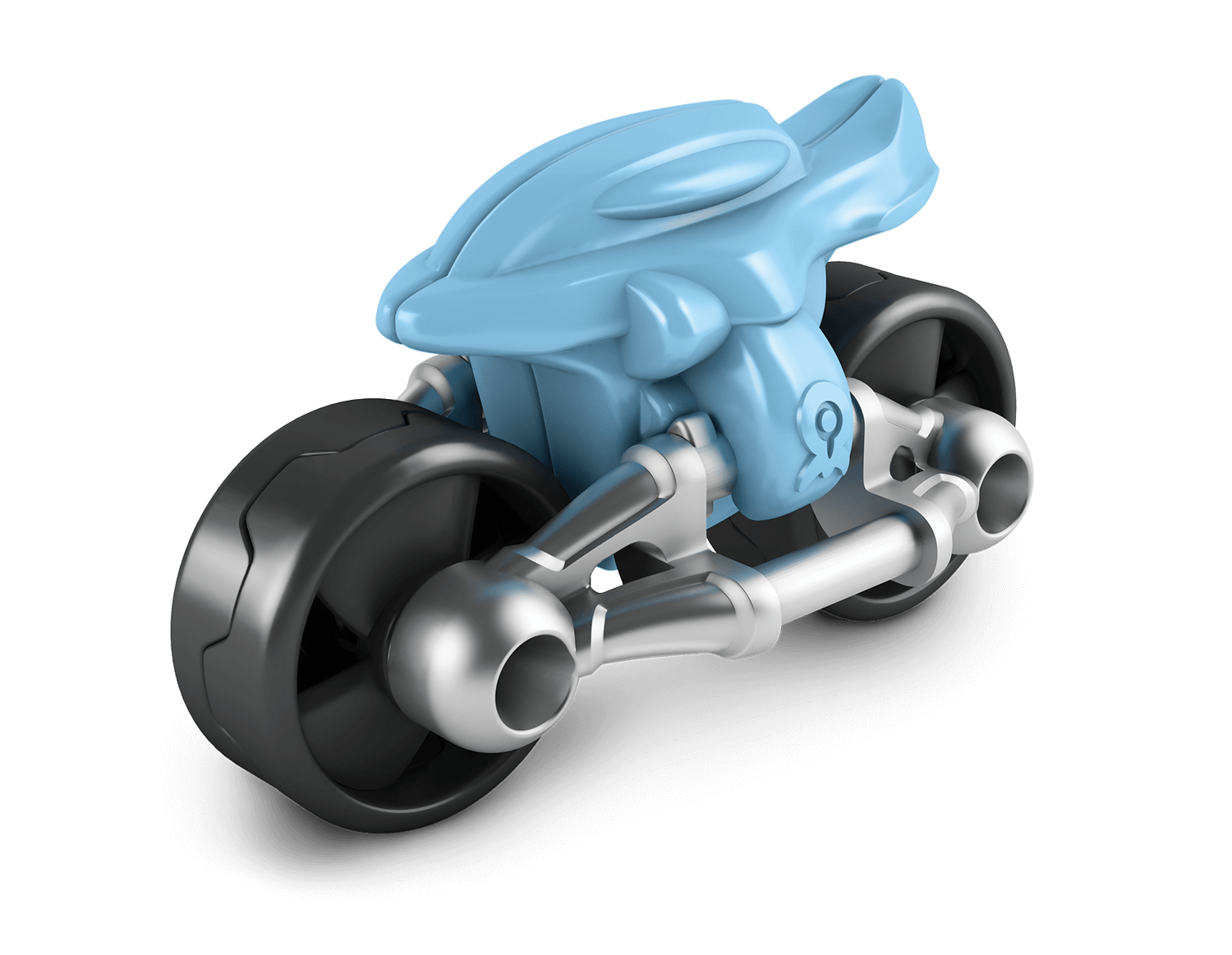
Start with naming the toy inside the egg. Then whatever letter it ends with you have to name something that starts with that letter and so on. So, for example there’s a small figure of a cat inside which ends with a ‘t’. You might say Tap and because it ends in a ‘p’ the next person might say Pot. Time yourself to see how long you can keep going for.

5. Chocolate egg treasure hunt
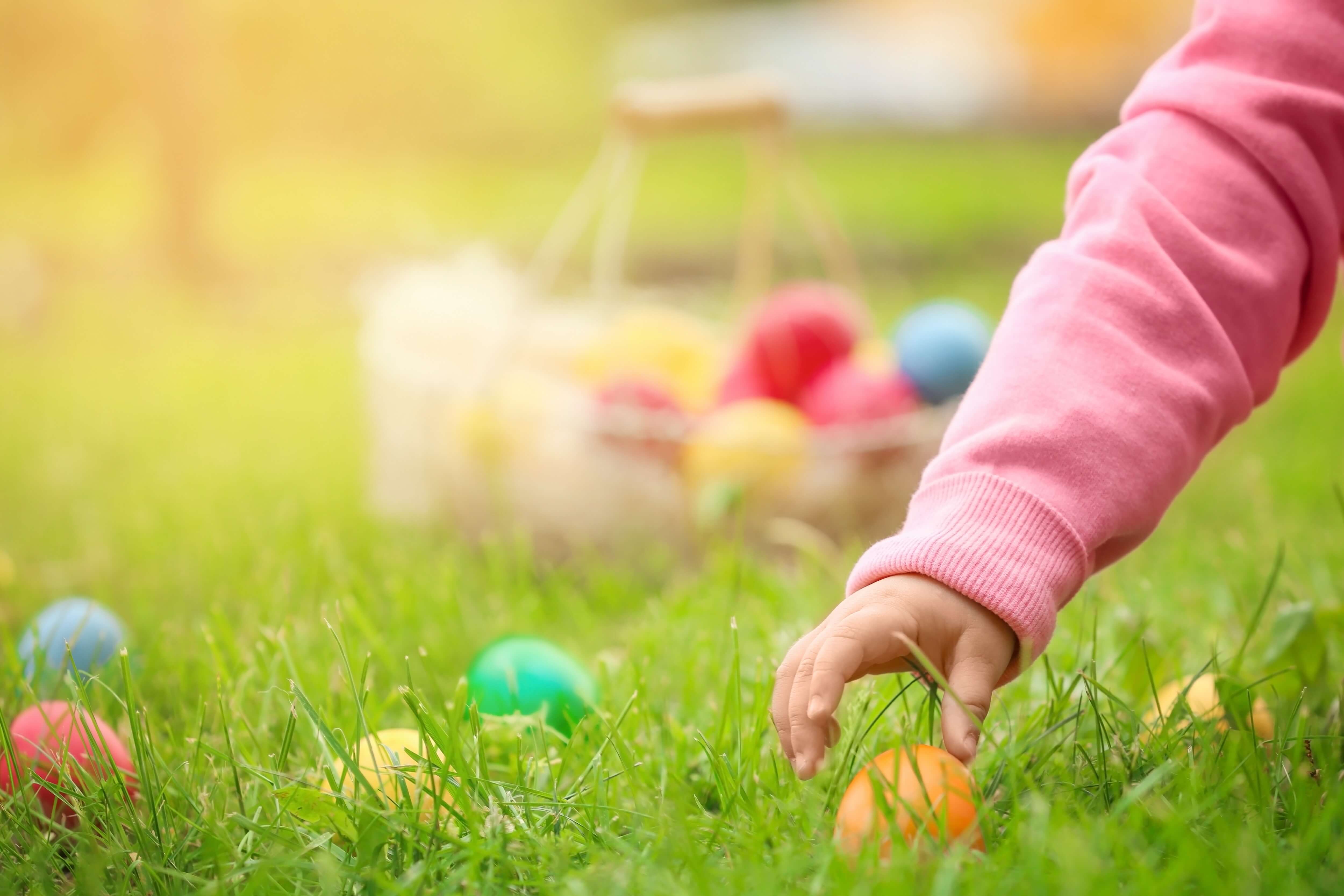
No list would be complete without the Easter favourite – a chocolate egg treasure hunt. Write clues that get your children thinking and mean they have to imagine the place they have to go to next. For example, if you have a tap in the garden you might write “you find it where the grass grows, next to where the water flows”. Leave the next clue card with the egg by the tap in the garden. Three or four cards leading them from the garden to a room in the house and back again will feel exciting and fun, and it will be lovely to see their faces as they crack the clues. You could even get them to write the clues to send you on the hunt, if you want to make it more of a challenge for them! You can have fun making the clues really silly too to make each other laugh.

6. Create a story
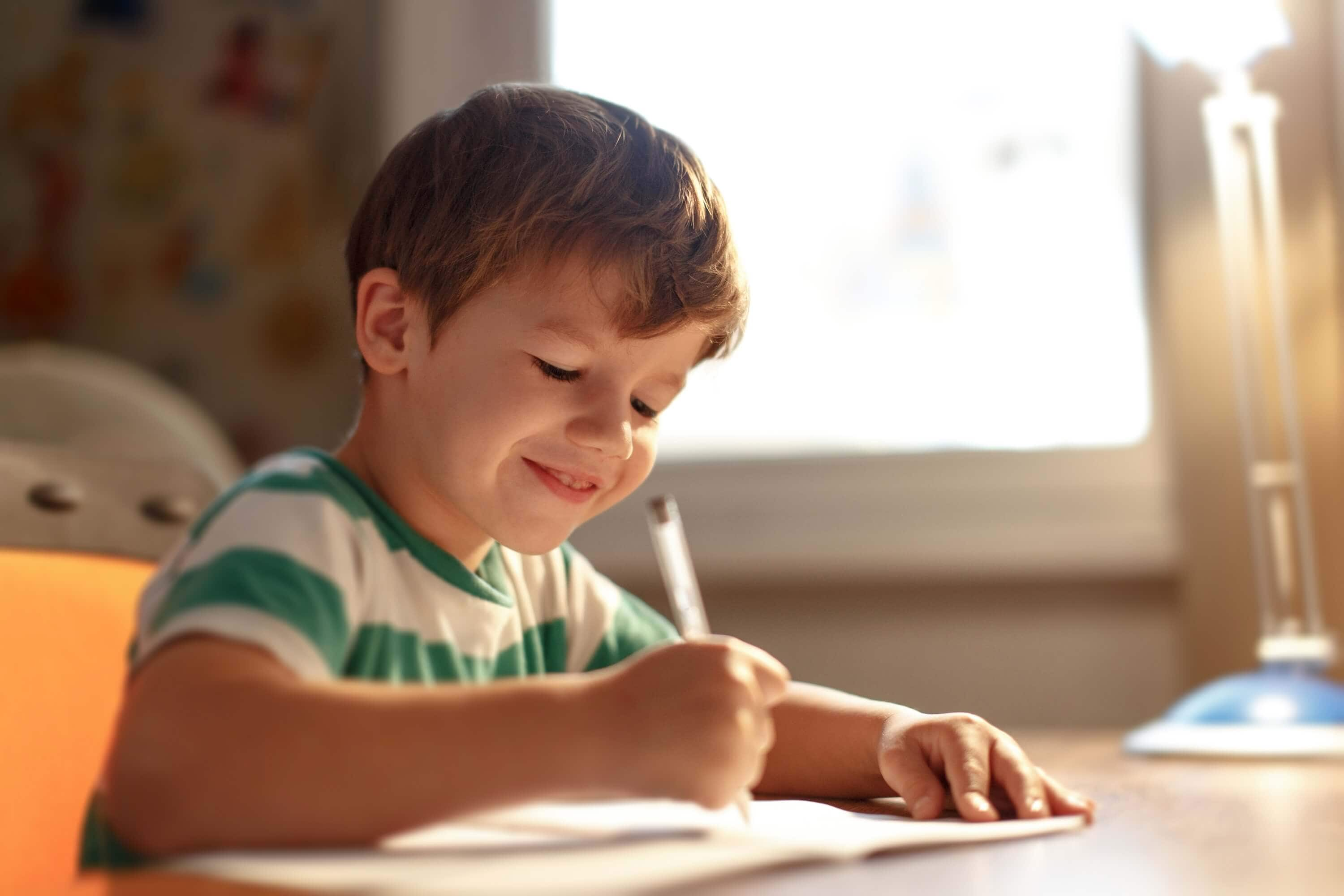
Encourage your children to write a story with the toy as the main character - they could draw or paint backdrop scenery using scrap cardboard to bring the character to life in their very own theatre production. Together you could put on a show for interested family members or friends. You could even go one step further and help them to film the character using a ‘stop motion’ app on a smart phone or tablet to create a short animation film. Who knows, they could be the next big screenplay writer someday!

